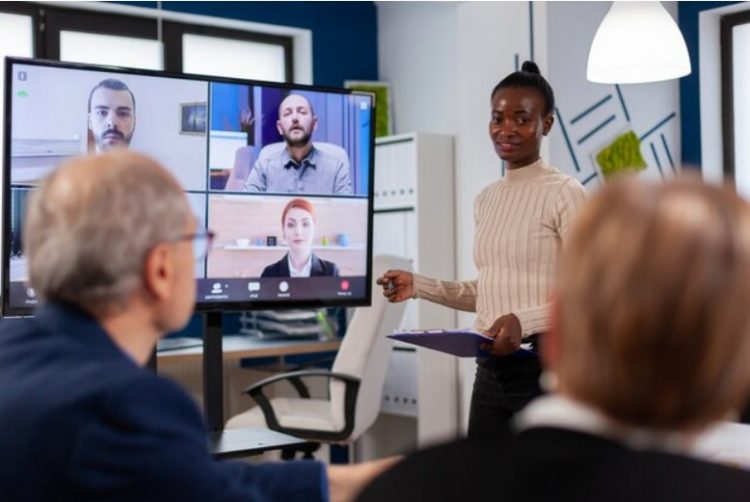In our fast-paced digital age, the way we consume content and connect with the world has transformed significantly. Live streaming events have become a powerful tool for individuals, businesses, and organizations to engage their audience in real-time. Whether you’re hosting a webinar, a product launch, a concert, or a Q&A session, live streaming allows you to share moments and interact with your audience like never before. In this comprehensive guide, we will explore the ins and outs of streaming events, providing you with the knowledge and strategies to engage your audience effectively.
1. Define Your Event’s Purpose and Audience
Before diving into the technical aspects of live streaming, it’s crucial to define the purpose and target audience for your event:
- What is the primary goal of your event? Is it to educate, entertain, inform, or promote something specific?
- Who is your target audience? Understanding their preferences and interests will help you tailor your content and approach.
Having a clear understanding of your event’s purpose and audience will guide your planning and content creation.
2. Select the Right Platform
Choosing the right platform for your live streaming event is a critical decision. There are several popular options to consider:
- Social Media: Platforms like Facebook Live, YouTube Live, Instagram Live, and Twitter’s Periscope offer built-in live streaming features and access to a large user base.
- Dedicated Streaming Platforms: Platforms like Twitch, Vimeo, and DLive cater specifically to live streamers and provide various tools and features.
- Webinar Software: If you’re hosting educational or professional events, platforms like Zoom, GoToWebinar, and Webex offer robust live streaming capabilities.
Evaluate each platform’s features, audience reach, and ease of use to determine the best fit for your event.
3. Plan Your Event
Once you’ve chosen a platform, it’s time to plan your event thoroughly:
- Set a date and time that suits your target audience.
- Create a detailed agenda or script for your live stream.
- Test your equipment and internet connection to ensure a smooth broadcast.
- Consider whether you’ll have co-hosts or guest speakers and coordinate with them.
Having a well-thought-out plan will help you execute your live stream smoothly.
4. Promote Your Event
Building an audience for your live streaming event requires effective promotion:
- Announce your event in advance through social media, email newsletters, and your website.
- Create eye-catching promotional graphics or videos to generate interest.
- Encourage your audience to RSVP or subscribe to notifications.
- Consider collaborating with influencers or partners to expand your reach.
The more people know about your event in advance, the higher the chances of a successful turnout.
5. Engage with Your Audience During the Stream
Engagement is the key to a successful live streaming event. Interact with your audience by:
- Welcoming viewers and acknowledging their comments and questions.
- Encouraging real-time discussions and polls.
- Responding to comments and addressing relevant questions.
- Using visual aids, graphics, and interactive elements to enhance engagement.
The more you engage with your audience, the more they’ll feel connected to your event.
6. Technical Considerations
To ensure a smooth live stream, pay attention to technical aspects:
- Use a stable and high-speed internet connection.
- Invest in quality audio and video equipment, including microphones and cameras.
- Set up adequate lighting to ensure clear visuals.
- Test your streaming setup and software before going live.
- Have a backup plan in case of technical issues.
7. Post-Event Engagement
Engagement doesn’t end when the live stream concludes. Keep the conversation going:
- Share highlights or recordings of your live stream for those who missed it.
- Continue engaging with viewers by responding to comments on replayed videos.
- Encourage viewers to share their feedback and thoughts.
- Plan follow-up content or events to maintain the connection with your audience.
8. Monetization Strategies
If you’re looking to monetize your live streaming events, consider various strategies:
- Sponsorships: Partner with brands or sponsors relevant to your event.
- Ticket Sales: Charge viewers for access to premium content or exclusive events.
- Merchandise Sales: Promote and sell branded merchandise during or after the stream.
- Donations: Enable viewers to make voluntary contributions during the event.
Choose the monetization methods that align with your content and audience while delivering value.
9. Analytics and Feedback
After your live streaming event, analyze its performance:
- Review viewer metrics, such as peak viewership, engagement, and retention.
- Collect feedback from your audience through surveys or comments.
- Use data and feedback to improve future live streams and tailor content to your audience’s preferences.
10. Legal and Ethical Considerations
Be aware of legal and ethical considerations when live streaming:
- Respect copyright and intellectual property rights.
- Abide by platform policies and guidelines.
- Ensure your content complies with relevant laws and regulations.
11. Continuous Improvement
Live streaming is an evolving field, and there’s always room for improvement. Stay updated on new features, technologies, and trends in live streaming to enhance your future events.
In conclusion, live streaming events offer a unique opportunity to engage with your audience in real-time, fostering a sense of connection and community. By following these steps and strategies, you can plan, execute, and host successful live streaming events that leave a lasting impact on your audience. So, start planning your next live streaming event and watch your audience grow and engage like never before.





